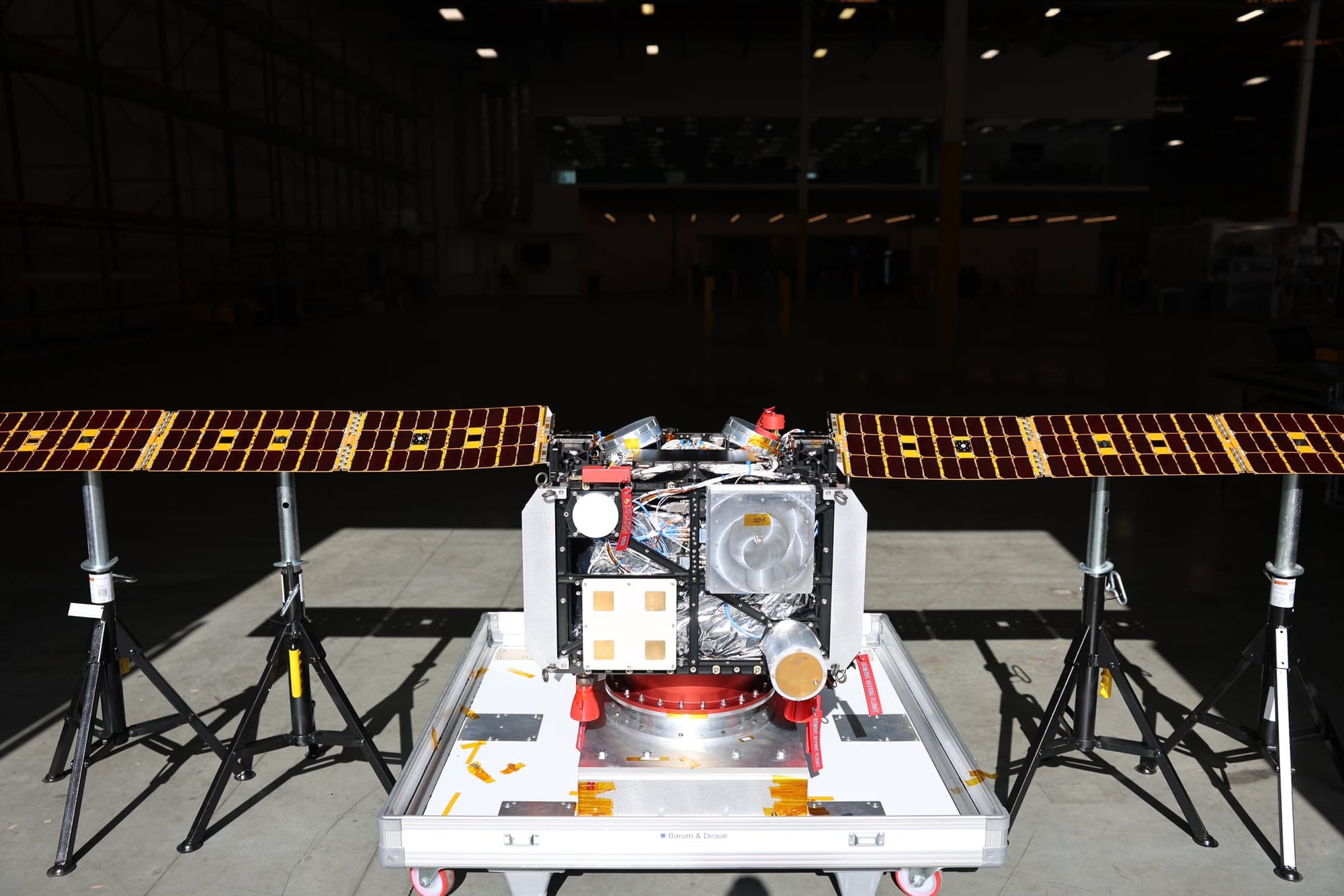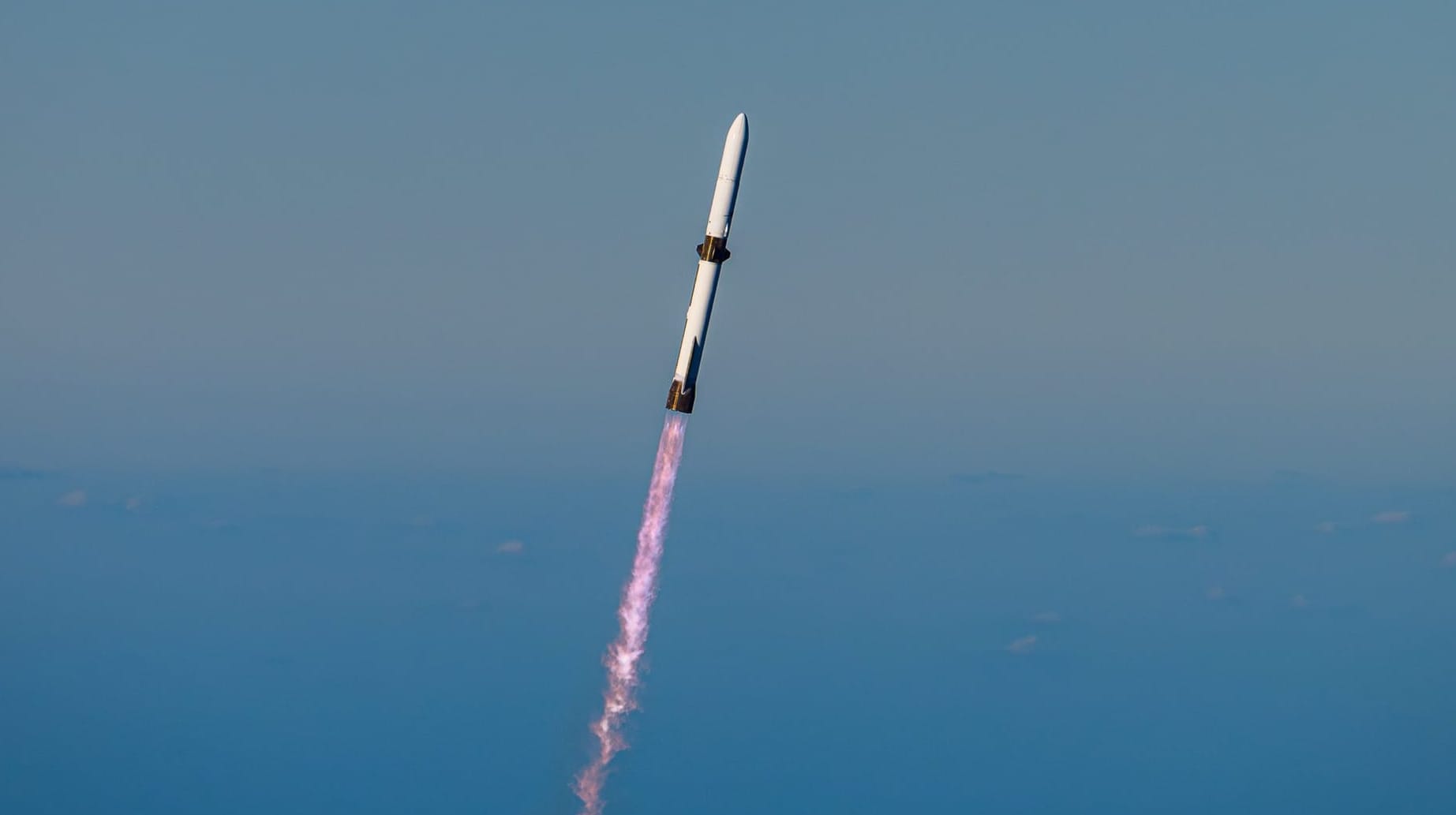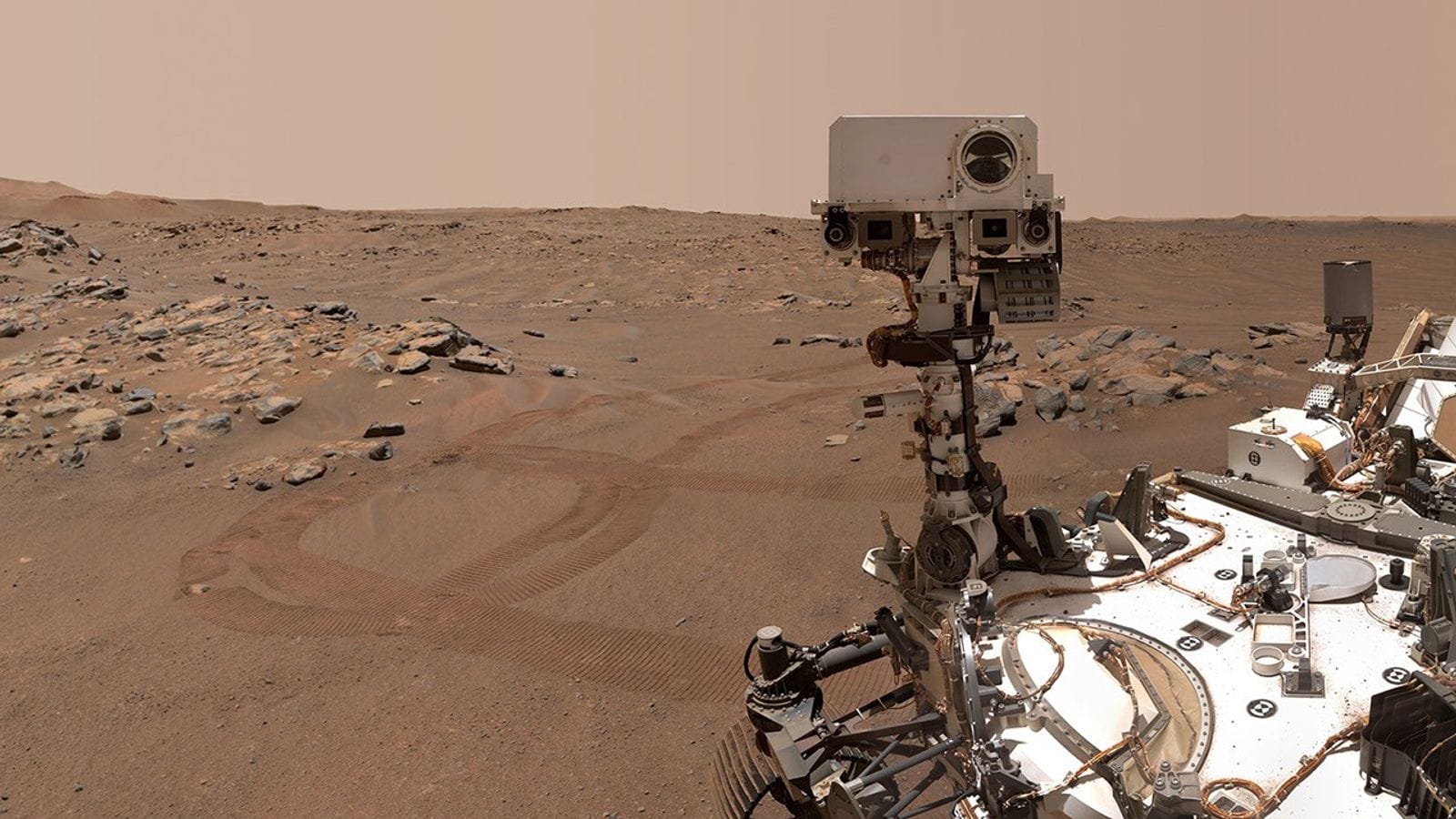Table of Contents
Early in the evening, a SpaceX Falcon 9 rocket lifted off from Launch Complex 39A at Kennedy Space Center in Florida carrying NASA's Lunar Trailblazer, Intuitive Machines' Nova-C "Athena", and AstroForge's Odin, all intended to prospect for resources at the Moon and beyond.
Liftoff of IM-2! pic.twitter.com/iJ3BCekqJs
— SpaceX (@SpaceX) February 27, 2025
Lunar Trailblazer

Lunar Trailblazer was selected by NASA in 2019 as part of the Small Innovative Missions for Planetary Exploration (SIMPLEx) program. Its mission is to map the distribution of water ice on the moon, which will help scientists understand the Lunar water cycle and pave the way for future human missions with Artemis that will utilize water ice and other lunar resources in-situ, allowing for a sustained human presence at the Moon.
Water ice can be extracted and purified into liquid water for drinking and industrial purposes, the water can also be split into hydrogen for rocket fuel and oxygen for air. Lunar Trailblazer is expected to reach the moon in four to seven months.

IM-2 Nova-C "Athena"
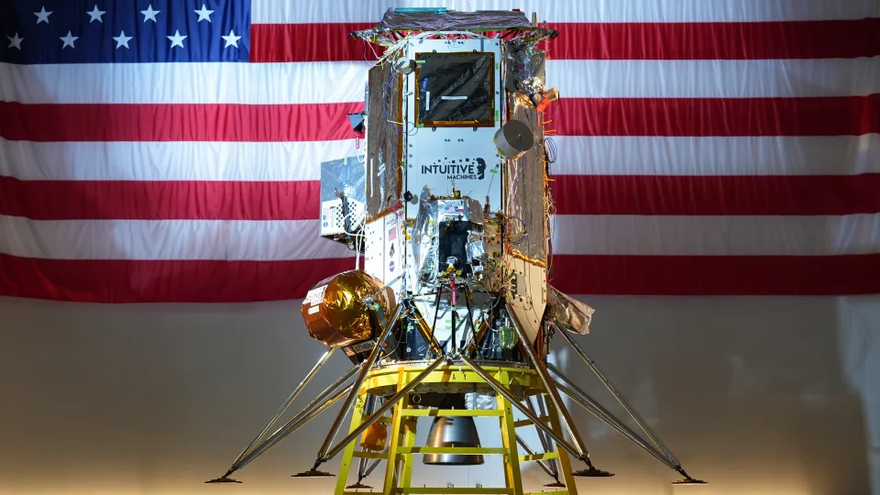
IM-2 is Intuitive Machines' second mission under NASA's Commercial Lunar Payload Services (CLPS) program. On the previous mission, IM-1's Nova-C "Odysseus" lander tipped over after landing but still managed to conduct some experiments and send back images.
The primary payload of IM-2 is NASA's Polar Resources Ice Mining Experiment-1 (PRIME-1) which will drill for water ice samples on the lunar surface and use the Msolo mass spectrometer to measure the water ice concentration in the samples. While on the surface, Nova-C will also deploy a Micro-Nova Hopper "Grace" which will fly into the permanently shadowed craters at the lunar south pole in search of water ice.
Nova-C is also carrying two lunar rovers, MAPP (Mobile Autonomous Prospecting Platform) built by Lunar Outpost will map the surface of the landing site, collect thermal data, and inspect regolith samples. The rover will also deploy another rover, AstroAnt, built by MIT. AstroAnt is about the size of a matchbox and will ride on top of MAPP where it's radiators are located and collect thermal data. MAPP will also demonstrate 4G cellular connectivity on the Moon between itself and the Nova-C "Atehna" lander using equipment developed in a collaboration between NASA and Nokia Bell Labs. The lander will also test this technology with the Micro-Nova Hopper "Grace". IM-2 is expected to land at Shackleton Connecting Ridge at the lunar south pole in early March.
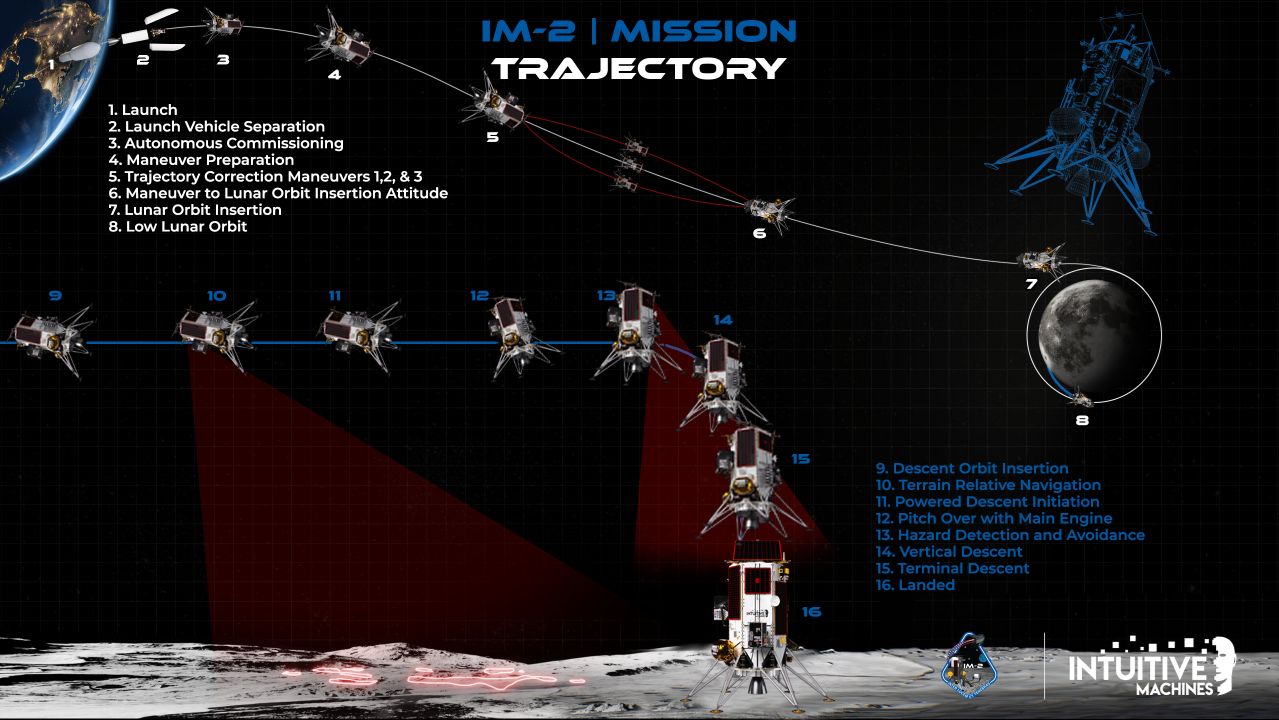
AstroForge's Odin

AstroForge's Odin spacecraft will travel for about 300 days to perform a flyby of asteroid 2022 OB5 in order to determine whether it is metallic. The next mission, Vestri, will return to 2022 OB5 and land on it to extract metals after launching on a rideshare mission with IM-3. AstroForge's previous mission, Brokkr-1, launched on Transporter-7, successfully operated in Earth orbit but was unable to use it's metal refinery technology demonstration. AstroForge states that their company’s mission is to mine asteroids for their valuable Platinum Group Metals, which can be used for important technologies such as catalytic converters, clean energy technologies, and medical equipment, at a lower price and with less carbon footprint than terrestrial mining on Earth. If Odin is successful, it will become the first privately built spacecraft to venture into deep space, paving the way for a future deep space space economy beyond the Earth-Moon system and unlocking the vast untapped resources of our solar system.
